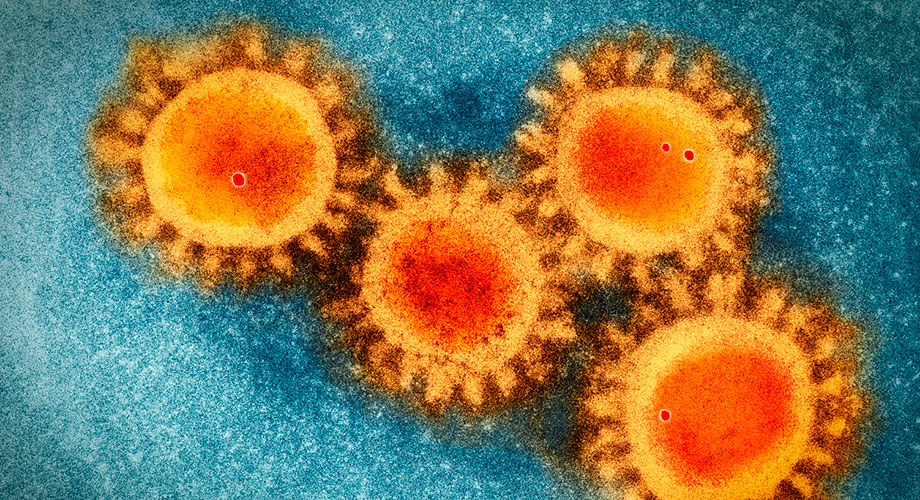The initial findings of WARN-ID’s first pilot research project “Development of a Real-Time Pathogen Surveillance System in Jordan” have recently been published in Nature Communications. The highly collaborative project began with a request early in the COVID-19 pandemic from Dr. Issa Abu-Dayyeh, head of Immunology and Research at Biolab Diagnostic Laboratories in Jordan to Dr. Andersen, Professor at the Scripps Research Institute and Director of Infectious Disease Genomics at the Scripps Research Translational Institute, to sequence SARS-CoV-2 samples collected in Jordan. At the time, Biolab was not able to perform the sequencing in-house due to financial, technical, and bioinformatic pipeline limitations. The request led to Biolab sending over 500 samples to the Andersen Lab to sequence and assist with the analyses and public release of sequenced genomes.
But Dr. Abu-Dayyeh envisioned overcoming Biolab’s limitations and performing the SARS-CoV-2 sequencing and analysis pipeline independently in the future. He was able to apply to the Centers for Research in Emerging Infectious Diseases (CREID) pilot research program, with Dr. Andersen as a mentor, to develop large-scale next-generation sequencing capabilities at Biolab. The successful application funded a one-year pilot project to sequence SARS-CoV-2 samples and analyze the emergence, evolution and spread of the virus in Jordan and throughout the Middle East.
As described in the Nature Communications article, strong regional connectivity of the Middle East drove both introduction risk and export risk of the virus—events that mainly stemmed from land-based travel while air travel restrictions were in place. By integrating genomic, epidemiological and travel data obtained between March 2020 and May 2021, viral transmission throughout the region was characterized. Results indicate that regional connectivity played a major role in the spread of the virus, driving both viral introduction and export risk. Freight transport was pinpointed as a likely source of viral introduction, due to the fact that incoming truck volume recovered to pre-pandemic levels from July 2020 onwards while air travel and private-based land travel remained limited.
Dr. Andersen described the significance of these findings, “Before the study, it wasn’t entirely clear what was driving transmission dynamics in the Middle East, or how these relationships were changing over time in response to measures such as border closures and lockdowns.” Further, he states that by illuminating these drivers, “the policies that will be helpful in mitigating the virus in this specific part of the world” are also made apparent.
Policies, such as expanding travel restrictions beyond a focus on air travel, which misses key land-based modes of transmission. “Our findings underscore that travel restrictions centered solely around air travel are not enough to effectively curb the virus. Strategies to slow viral spread should also manage risk from land-based travel—including commercial transport—especially in a region as interconnected as the Middle East,” says Dr. Abu-Dayyeh.
The discoveries also highlight the importance of improved pandemic surveillance infrastructure across the entire globe such as the efforts lead by the CREID Network. Edyth Parker, a postdoctoral researcher in Andersen Lab and the first author of the study, illustrates this point, “Without robust efforts across all major global regions, we all become that much more vulnerable to the spread of the virus. If a certain area is dependent on another for tracking transmission dynamics, that severely limits how quickly—and as a result, how well—we can perform our public health efforts.”
With the help of the WARN-ID pilot project, Dr. Abu-Dayyeh has been able to develop next-generation sequencing capabilities at Biolab and is now independently driving SARS-CoV-2 surveillance in Jordan and the broader Middle East. The researchers will continue examining regional variants and immune dynamics there, as well as continue bolstering their public health response to track additional infectious diseases that pose serious threats to the world.


